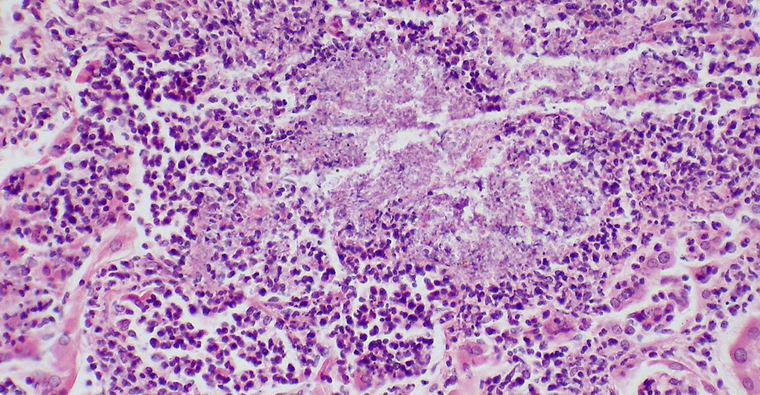Candida is a genus of yeasts, which means that it is a family of fungi that have more than 20 species and many of them live on or in our bodies. The puzzling thing with Candida infection is that 1) we naturally have Candida in ourselves, so in the narrow sense we all permanently infected 2) the symptoms and results of this infection range from literally nothing to death, depending on where exactly and in what amount is the fungus present in our body. Let’s figure out together, what causes these huge differences!
As we mentioned, we all have Candida on our skin and on our certain mucosal surfaces like oral mucosa, vagina, or on male and female urethra surfaces. That means that technically all of us are infected, but we traditionally use the expression “Candida infection” specifically for conditions where the yeast pathologically overgrows or is present where it shouldn’t be naturally. O, so our first option is that we have Candida on our skin or mucosae. OK, but what does overgrowth mean? Well, basically it’s overgrown when it causes Candida infection symptoms, which is the case of a snake biting its tail, or in other words it could somewhat depend on your healthcare provider or the diagnostic methods whether it is noticed as a disease or not. The most widespread home tests are based on pH (acidity) of the mucosae. If there are symptoms (irritation, itching, abnormal discharge, discomfort during urination, discomfort during sexual intercourse swelling) and the fluid produced by the mucosa turns out to be acidic, it’s probably bacteria and if the pH is normal, it’s probably yeast. Or something totally else. Probably. So, this is why you may like to simply go and see your doctor and have a smear culture performed to be sure about your diagnosis. If the result is that you do have an infection, it’s relatively easy to treat with topical creams containing antifungal compounds, like fluconazole, amphotericin B, nystatin, and flucytosine (1,2).
On the other hand, Candida yeast naturally doesn’t live inside the body, so when it gets to the bloodstream and into vital organs, we should take it very seriously. Actually, it is one of the most dreadful hospital infections which – if goes untreated – could have tragic results. Symptoms include joint pain, extreme fatigue, digestive issues, and recurrent superficial candidiasis. It’s very important to highlight that diagnosed Candida infections of the skin or any mucosa does not mean that the person also has a systemic infection! The internal type of infection could be diagnosed from blood samples (or sometimes from biopsies) with several very reliable methods and should be treated with oral and/or intravenous antifungal medication (2).
Both major types of candida (overgrowth on body surfaces and the invasive internal) could be recurrent and is strongly linked to the person’s general health and immunological condition. When it is present it could reflect general physical condition and immunological weakness. It’s very important to understand though, that these infections (=overgrowth) are basically results of bad lifestyle choices, stress or other diseases and although they eventually worsen the overall well-being, Candida infection itself is not the original cause, therefore if we would like to get rid of it, in addition to antifungal treatments we should address the original health problems that led to that situation. In the case of recurrent superficial infection, the underlying causes can range from sugar- or alcohol- rich couch potato lifestyle through other infections such as STDs to serious autoimmune diseases (3)
The take-home message that in terms of their severity, systemic and superficial candidiasis fall quite far apart, and confirmation of an oral, vaginal, or other mucosal infections doesn’t mean automatically systemic candidiasis, too. The over-the-counter home-tests could give a hint for your doctor when looking for differential diagnosis, but trustworthy diagnoses for superficial and systemic candida infections are coming from smear/spit cultures and blood samples/biopsies, respectively. Your experiences and stories are welcome in the comment section below!
References:
- Infectious Diseases Society of America: Candida GUIDELINES Pocket Guide
- M. Anaul Kabir et al.: Candida Infections and Their Prevention
- (3) Healthline: 7 Symptoms of Candida Overgrowth

Lilian Zsakai,MSc
Molecular Biologist graduated at Eötvös Loránd University, Faculty of Science | PhD studies specializing in molecular diagnostics at Semmelweis University | Business studies at Semmelweis Innovations & InCorpora

